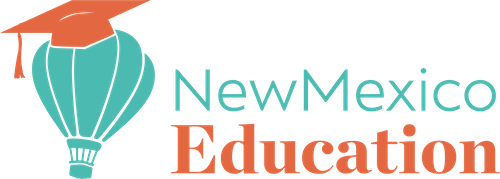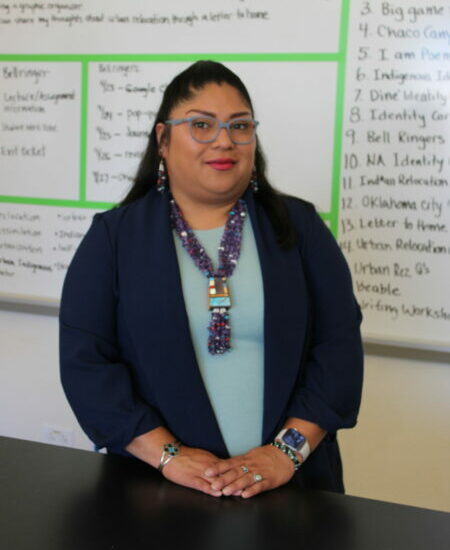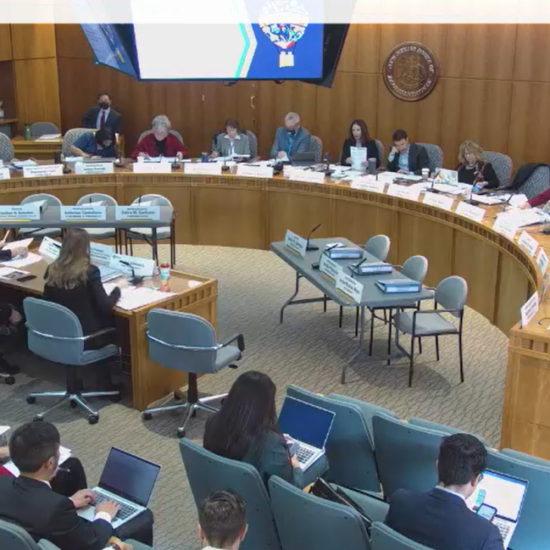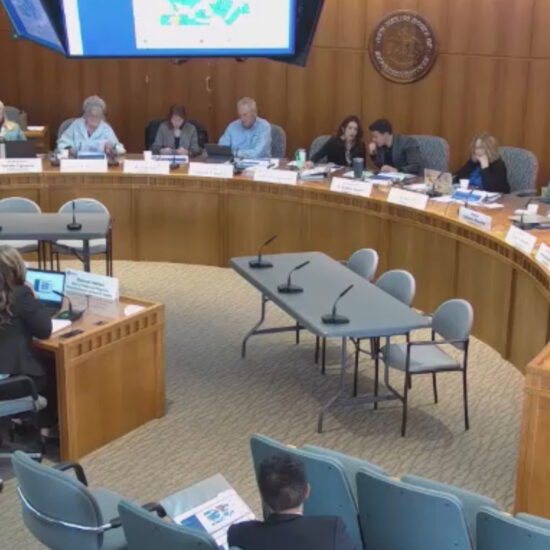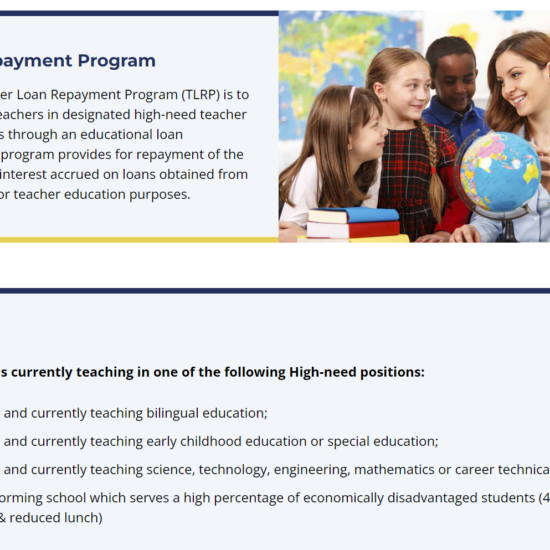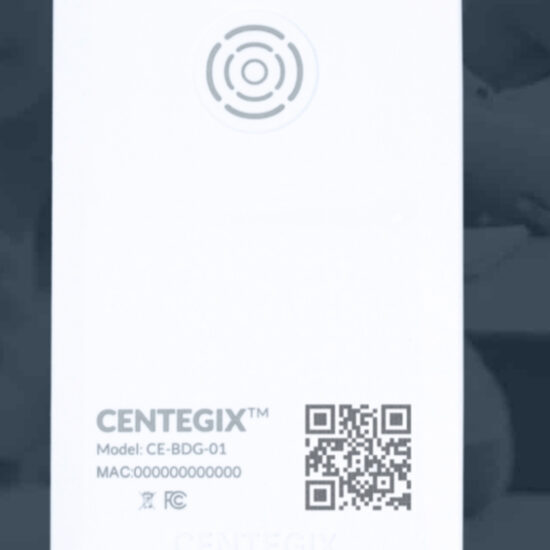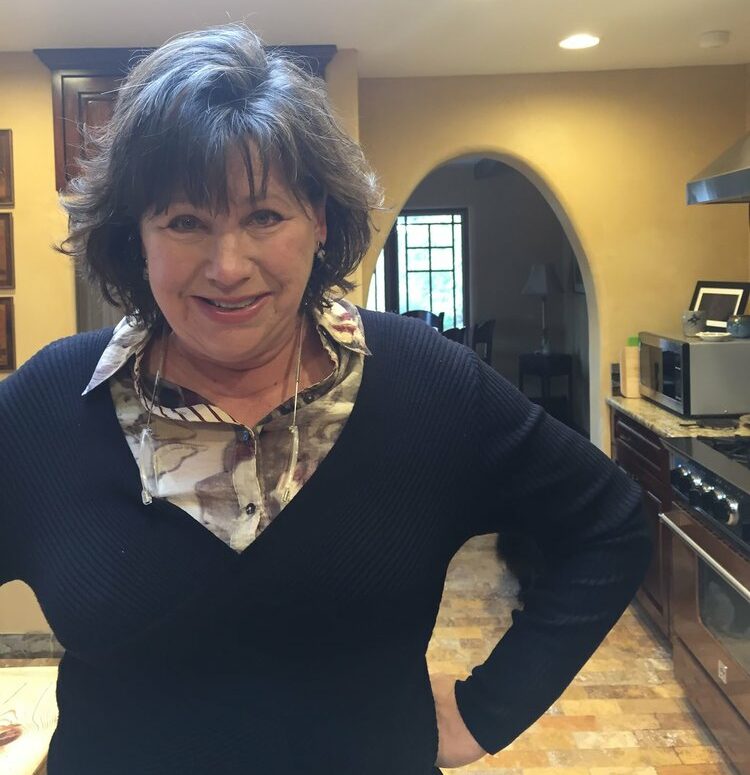
Full Name: Mary Ellen Dannenberg
Hometown: Pittsburgh PA
Current City: Santa Fe, NM
Grade(s)/Subject(s) Previously Taught: Taught pre-k for eight years and kindergarten and 1st grade before that. I’ve also taught special education pre-k through sixth grade.
School and District: Santa Fe Public Schools
Tell readers where you are from and how you ended up in New Mexico and as a teacher.
I am originally from Pennsylvania and then Arizona where we moved when I was 12 years old. My husband, fours kids, and I came to Santa Fe 17 years ago because we love Northern New Mexico. I began teaching when I took a part time job in college and worked for the Campus Children’s Center attached to ASU. I fell in love with figuring out what motivated each student and how much fun working with little kids could be.
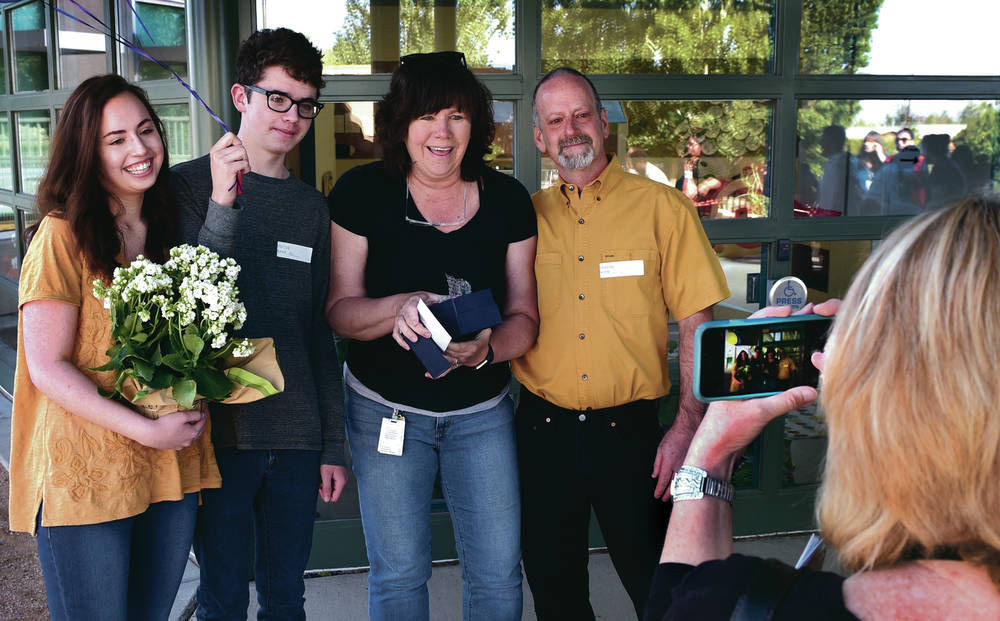
New Mexico spends a lot of time and energy on early childhood efforts. As an experienced pre-k educator, how do you think of the importance of expanding access to pre-k for more students?
I believe that high-quality pre-k is the most important thing we can do to ensure higher graduation and literacy rates. More importantly, it builds resiliency skills for students to be able to handle what life and school will throw at them. But, and this is a big but, it has to be pre-k that has highly qualified teachers, along with curriculum, professional development, training, and some way to measure progress that is agreed upon by all – districts, HeadStart, PED and CYFD included.
We need to expand access for all four-year-olds and eventually three-year-olds, but it is complicated. Many elementary schools don’t have the physical space to add a pre-k. According to ECERS (Early Childhood Environmental Ratings Scale), the space requirements for pre-k are very specific. Little kids need lots of room. This is not just a matter of more money, doing it right is just as important.
From your experience, what are the best ways for parents and families to support their young learners as they begin pre-k? Are there any common misconceptions you’d love to see addressed?
Research shows that fostering vocabulary in young children is the most important jumpstart you can give kids. Every parent can use new vocabulary in everyday interactions. Add in new words that are defined by the surrounding conversation. Expressly help little ones say the new words and use them, using facial expressions to help with meaning. Sing and rhyme with children, as that teaches phonemic awareness. Keep conversations going with kids so they learn to ask questions and share ideas. Parents have to read with their child. I know every parent is crazy busy, but a 32-page picture book takes 10 minutes and is time with a child that is like no other.
I see two common misconceptions that some parents have about early learning opportunities. First, every preschool does not have to follow state guidelines or NAEYC guidelines for that matter. Parents need to find the best options for their children. It is a personal fit for their family, but parents must remember to ask questions about curriculum and staff qualifications. As a state, we need to make sure we are providing quality pre-k options wherever possible.
The second misconception is that pre-k is just play! Preschool is serious work. We are setting the foundations for lifelong learners. Literacy, math, STEAM, culture, community, and a social/emotional curriculum to foster resilience are practiced daily. And we do it under the guise of fun and play. Mr. Rogers said that “Play is often talked about as if it were a relief from serious learning. But for children play is serious learning. Play is really the work of childhood.”
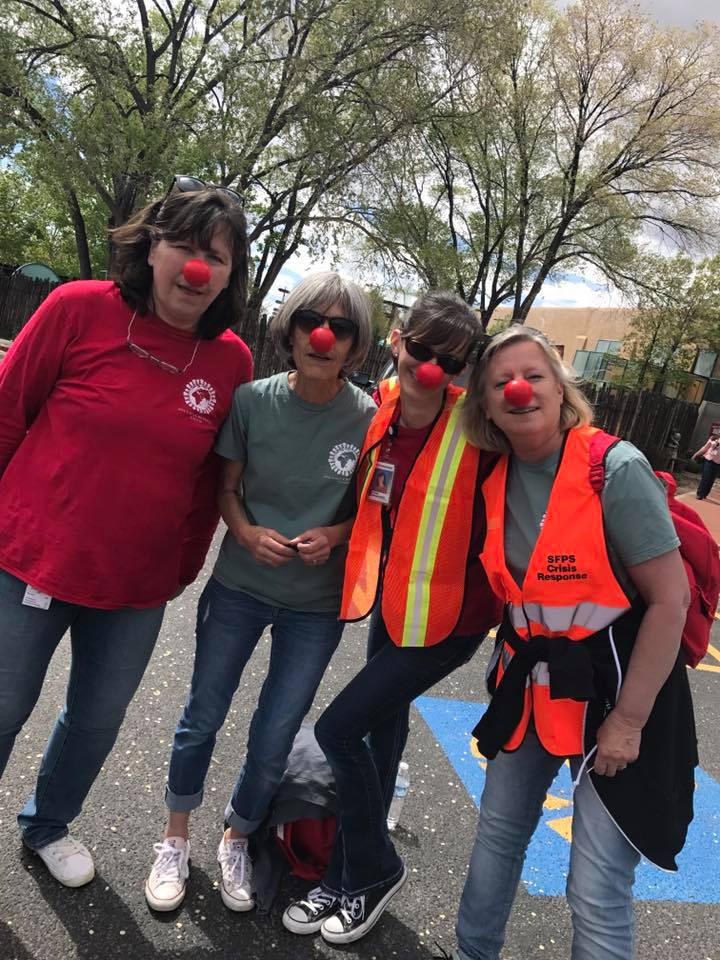
You recently penned an op-ed in the Santa Fe New Mexican providing advice to both candidates for governor of New Mexico. Can you share more about what brought you to write that piece and about the reactions you’ve received?
The reactions I received to my opinion piece have been really positive from teachers and families of my students. I wrote in a “final straw” type of moment when you can’t keep your mouth shut any longer.
As I read the article in the Santa Fe New Mexican that showed the candidates’ talking points on education, I almost lost my mind. A little knowledge is a dangerous thing. Every time I go to a Legislative Education Study Committee (LESC) meeting where there is public input, I hear teachers’ unions saying they speak for me, but they have never asked my opinion. I want the candidates for governor to know I am here, along with many teachers like me. I want them to take a deep dive into information, not politics. I want the reforms and leadership at PED to evolve and grow.
I feel we are riding an incredible wave of teacher education and support in the last few years. When I joined the New Mexico Teacher Leader Network, I had no idea what I was getting into. I really just wanted to complain. But, from the beginning, this group, led by PED representatives, countered my complaints with information I had never heard before. They have explained why teachers and schools must be measured with high standards and have great teaching celebrated. Elevating the education profession in New Mexico benefits teachers while empowered teachers and listening to their ideas benefits students.
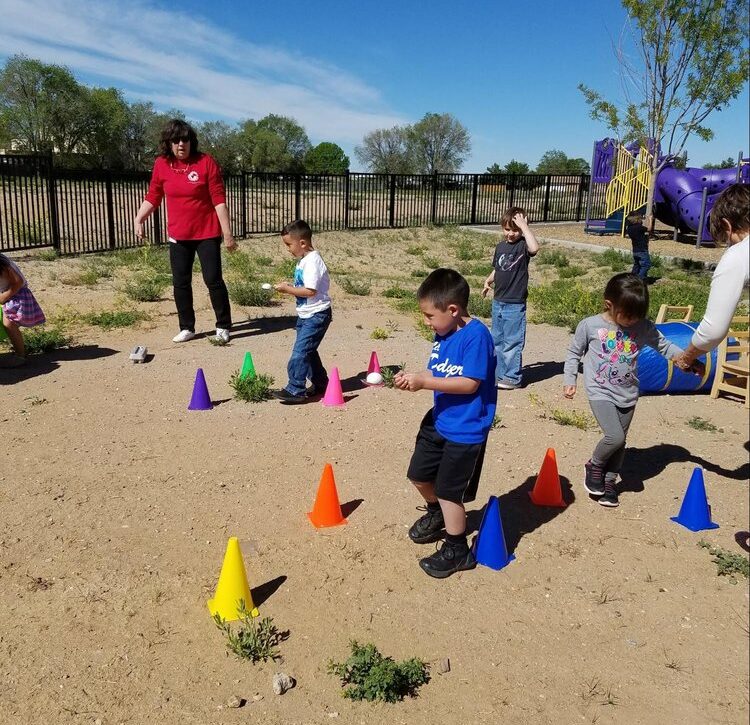
Please share a bit about how you incorporate data tracking and analysis in your teaching practice.
In pre-k we use the Early Childhood Observation Tool (ECOT) which is mandated by the state. Teachers “observe” students to complete the assessment. When I used the assessment I would find that what I observed was not always correct. Observing a student at play or at centers can lead to misconceptions about what they can do in terms of concrete math and literacy concepts. Can this child really count to ten unless you specifically ask them to do it and see it? It is important to directly assess students to know what they know. It is not torture for the kids, they love showing adults how smart they are. It can be done through directly interacting and playing with children.
I believe in data. Not just one point of data, but multiple points of information that track growth for students. PARCC is another helpful measure of progress. Schools also use EOC’s (end of course exams) and iStation data. As a state we must track students’ progress as compared to other students statewide to see how we are doing. Evaluations need to be standardized in some way. It is not to penalize teachers and schools, but rather to know definitively if every child in the state is getting the education they deserve.
Now, as a teacher, what we do with information from assessments is up to us. Use what you know about standardized testing in your instruction. You can prepare and motivate students to do well. You can support them to better understand what evaluations mean and their place in their education without ruining their fun or love of what you are teaching. Plus, the data is valuable to you as a teacher to reflect on your practice. How do you grow as a teacher unless you can objectively see that you are impacting student learning? It may not be your only measure, but it has to be one of them to be honest with yourself.
PARCC has been around for almost five years and changing it for a different “beast” would waste the information we have gathered so far and cost money that should go into teacher salaries. PARCC is also aligned with SAT/ACT which no one seems to have a problem with students taking. Some say we should develop our own assessment. Most states that do that still buy significant components from Pearson and other companies. At 49th, based on NAEP which we should focus on, we don’t have time to reinvent essentially the same wheel.
Lastly, and crucially, red or green?
Definitely green! It is not fall until you can smell green chiles roasting as you drive down Cerrillos in Santa Fe.
